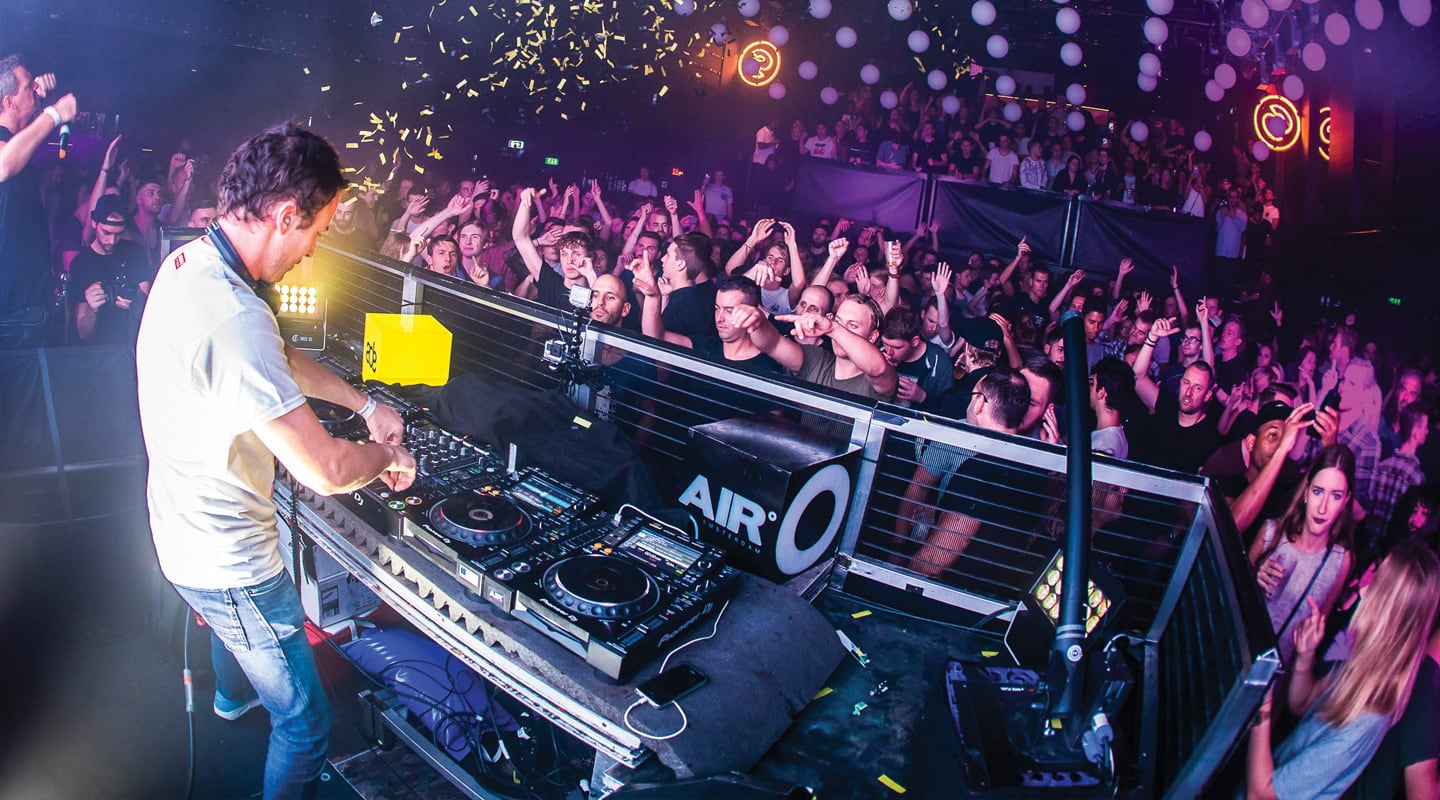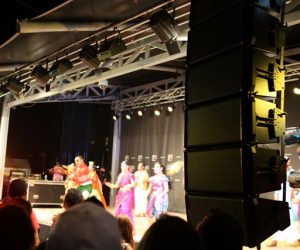
Doin’ the ‘amster Dance
The view from inside the world’s biggest electronic music festival, the Amsterdam Dance Event.
In October, Amsterdam was in the thralls of the largest electronic music event in the world for five days. The Amsterdam Dance Event (ADE), started as far back as 1995 as a three-day conference, but it has since grown to something so large that one wonders how a relatively small city like Amsterdam can accommodate it all.
We’re talking nearly 500 music events, over 2500 performers, plus 334 conference events, 140 venues and a whopping 400,000 attendees. This year performers ranged from David Guetta and Martin Garrix, to Underworld and even legendary minimalist composer, Philip Glass.
It’s big, and can be hard to get your head around. Not least because it’s possible to spend hours on ADE’s impenetrable website and still only have a vague idea of what all the ADE-branded conference events — ADE Pro, Tech, University, Next, Beamlab and Green — mean, and how they all fit together.
A visit to Google is quicker. Apparently Next amounted to a talent show, Beamlab was about integrating audio with visuals and the theatrical, and Green was concerned with minimising the environmental impact of EDM.
More rummaging around cleared up that ADE Pro included a networking event where, for an entrance price of several hundred euros, aspiring professionals could try to further their careers by meeting up with representatives of record companies, publishers and so on. It also included Pro conferences, several about the state of the music industry in 2017, titled things like ‘Best And Worst of Running a Label in the 21st Century’, ‘The Acceptance of AI’ and ‘Virtual & Augmented Reality’.
Spending five days rubbing shoulders with the rest of the electronic music world, it was clear that ADE was firmly looking towards the future. It wasn’t much different at ADE Tech, which included Sound Lab. The Flemish cultural center De Brakke Grond, where Sound Lab was staged, had several rooms dedicated to stands by well-known names like Novation, Focusrite, Roland, Elektron, Pioneer, Ableton, Total Sonic, as well as some music shops and distributors showing the latest gear and software updates by the likes of Native Instruments, iZotope, Moog, Bitwig, Arturia, and more. Naturally, the focus was on gear used by DJs and EDM artists.

The ADE Sound Lab also featured master classes. Presenters ranged from older generation electronic music star Gary Numan, to young EDM star Oliver Heldens, and Philip Glass. A presentation on blockchains was of particular interest to music makers. It promotes a file format that encodes all writing, musician and production credits, as well as licensing and copyright information in the .bc file itself. It’s a great idea but the technical and financial execution of the scheme is rather challenging.
There was also an intriguing segment featuring eight new and emerging instruments, including Fluid Resonance, an audio-visual synth which “renders music by conveying sound energy through fluid matter,” an “interactive audiovisual animation instrument” called a Mayhem Machine, and the Timetosser, which is billed as “a new kind of live performance tool,” that apparently requires some playing skills from DJs.
ADE is an essential festival to visit for anyone that has anything to do with electronic music. Pre-registration for the 2018 event has already started, but until then you can find out more at www.amsterdam-dance-event.nl
It has tons of info hidden in a menu system that’s even more obscure than your average Japanese/Mongolian fusion restaurant. Good luck!




























RESPONSES